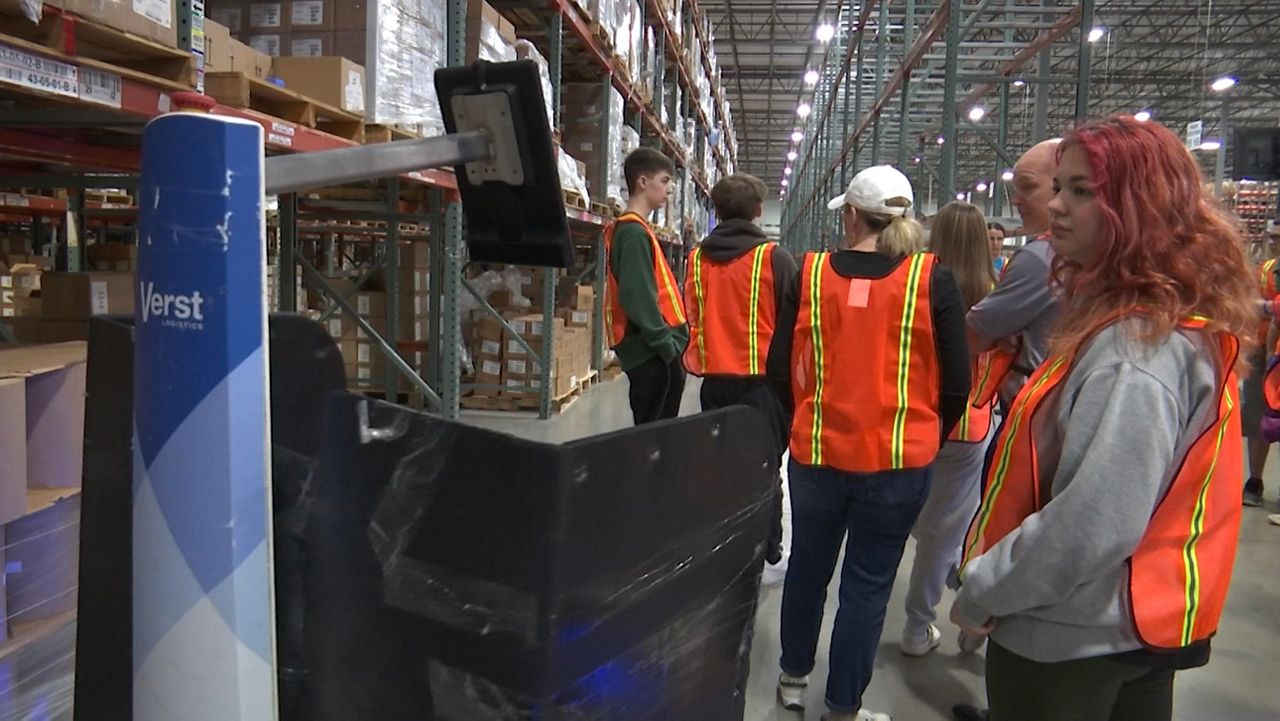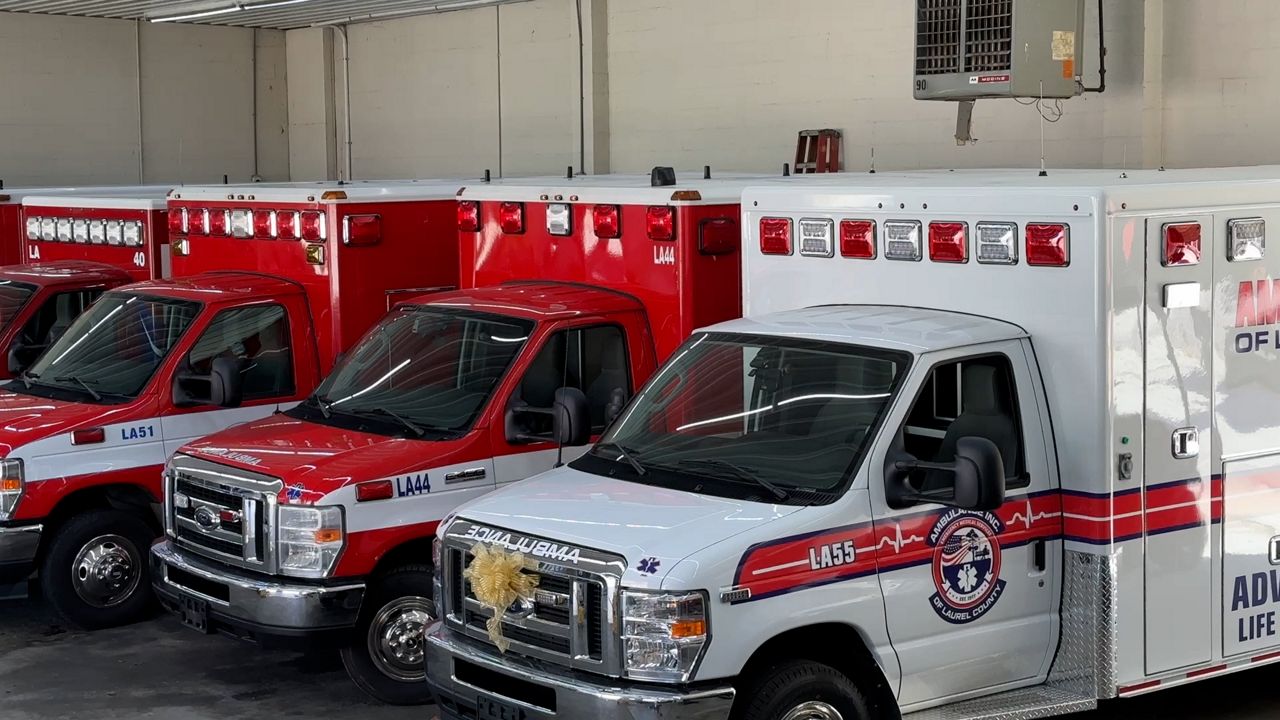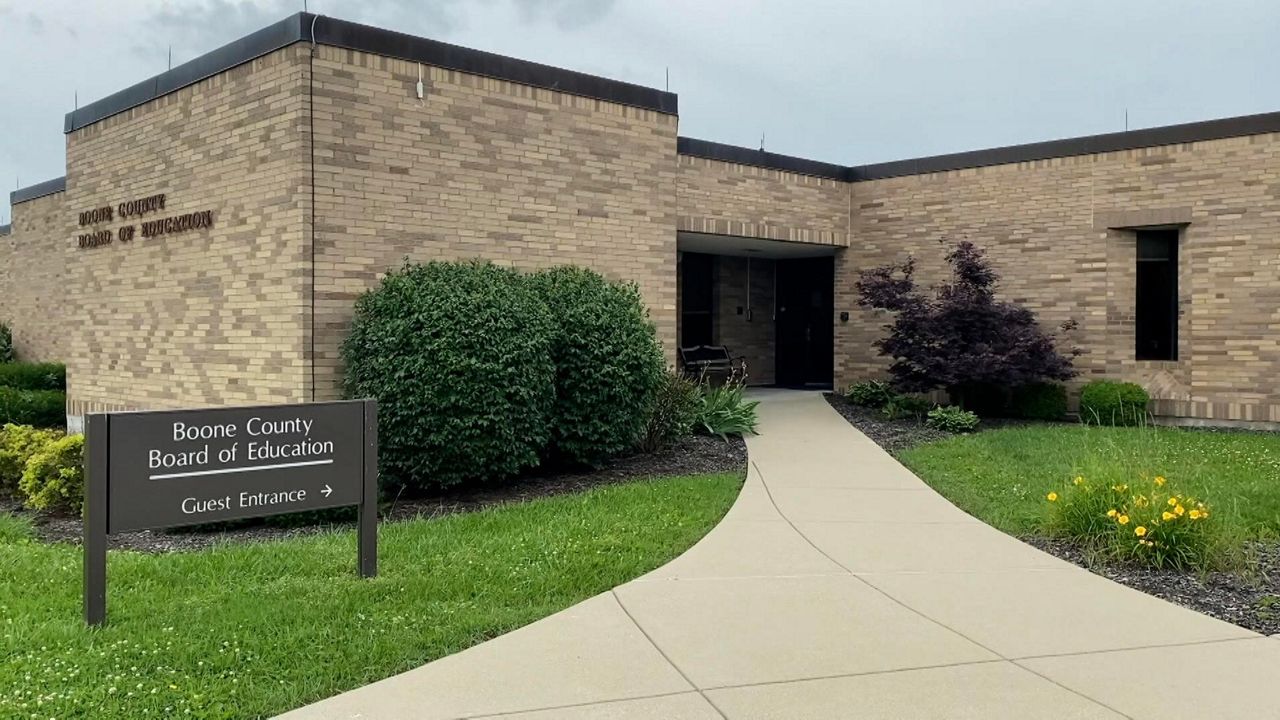CINCINNATI — It's around 12:30 p.m. on a warm Tuesday in October. Ron Lewis enjoys the sunshine but knows he needs to hurry back to his apartment in between classes.
What You Need To Know
- CTAP provides nontraditional, low-income students with tech training and college readiness classes
- Program is a hybrid model to accommodate parents and job schedules
- Students receive a small weekly stipend to help them make it through the program
- UC aims to send 200 people through the program this year
It's not a short drive from the 1819 Innovation Center, where Lewis spent the morning studying, to his home in South Fairmount. He wants to get there in time to complete a few tasks — and maybe some homework — before logging in for two hours of online courses that evening.
Lewis isn't a typical University of Cincinnati student. He's 42 and graduated from Hughes High School in 1998.
Like a lot of people, COVID-19 hasn’t been easy on Lewis. He's a single father who wants to provide for his family and he's had a hard time finding a career over the years.
Things took a positive turn for Lewis a few months ago when he saw an online advertisement for a new program through the University of Cincinnati — the Cincinnati Talent Acceleration Program (CTAP). It provides nontraditional students with training in tech and a path to higher education.
The program started eight weeks ago.
Lewis said it hasn't always been easy, but even the challenges have been a "blessing in disguise."
About the program
The Cincinnati Talent Acceleration Program, or CTAP, is a 15-week adult education and training program specifically tailored for people like Lewis.
It’s solely aimed at unemployed and underemployed workers who want to continue their education while also learning practical tech skills. Students also receive $200 a week to help with living expenses.
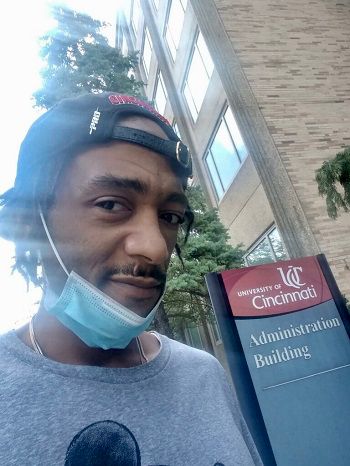
CTAP came about as an extension of a similar program UC developed during the COVID-19 pandemic. The Ohio Individual Microcredential Assistance Program (IMAP) helped Ohioans who are low income, partially unemployed or totally unemployed participate in a training program to receive a credential.
Like CTAP, it was offered at no cost to those who took part.
“As the IMAP grant started to wrap up, I found another opportunity for funding through the Ohio Aspire program. We felt like we could provide a similar digital skills program but also include academic classes: Math, English, language arts and writing," said Janet Staderman, director of UC’s Office Professional and Continuing Education.
Staderman is one of the architects of the CTAP program. Her office provides courses on professional development, personal enrichment and various types of continuing education that fall outside normal academic credit programming.
"We work with different schools within the university, as well as external trainers and community educators, and provide continuing education courses to the greater UC community," she said.
CTAP exemplifies that mission, Staderman added.
She considers it an end-to-end “workforce readiness solution” that will prepare students for a variety of entry-level computer and user-support specialist roles. Starting salaries for those positions range from $31,000 to $48,000.
Lewis said he wants to work for an agency where he can help other people become more computer literate.
“There's so many variations — you can go into working for a help desk, you can go into security management, you can go on to an array of different things. There’s a big umbrella of fields,” he added.
Making sure the program works for the students
There are 32 in this first cohort of students, though they plan to extend to 50 for the next session, which starts Dec. 8. UC plans to send about 200 through the program this year.
Staderman said the program format intends to enable student success.
“We know how important face-to-face education can be and we wanted to make sure that was a component. So, students take classes in the morning, from 10 a.m. to 12:30 p.m. Monday through Thursday at the 1819 Innovation Center," Staderman said. "And then they take classes in the evening, online."
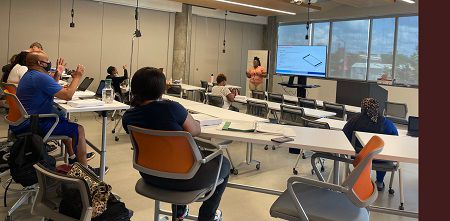
Staderman said they added the online component in the evening because they know many of the individuals in the program have jobs or children.
While the program is open to anyone, the framework was designed with mothers in mind, Staderman said. Many times young mothers have to give up school, or leave the workforce to raise children.
Twenty-five of the students in this first class are women and 23 identify as Black or African-American.
“Many of our students are older adults with young children. We knew that there may be childcare issues in the evening, so those classes are online," Staderman said. “The online classes are always live instruction.”
It's been a while since most of the students, including Lewis, have been in school. So CTAP focuses on making sure they are able to bridge the gap between their last formal education.
Not all students have their high school diploma or equivalency, and this is not a requirement for acceptance to the program. But UC will connect students to support agencies who want to get their diploma.
“We’re studying things that will help us succeed in class and on the job,” Lewis said. He called the classes a “mixture,” ranging from resume-building to developing people skills.
He said he’s enjoyed the challenge of all the “technical” courses so far. He joked that he didn’t know how much math would be involved.
Partnerships key to program growth and success
Staderman partnered with the Cincinnati Innovation District to get the program off the ground, a multi-blocks-wide urban campus on Reading Road that serves as a hub for various tech-centric organizations. That includes the 1819 Innovation Lab where CTAP classes take place.
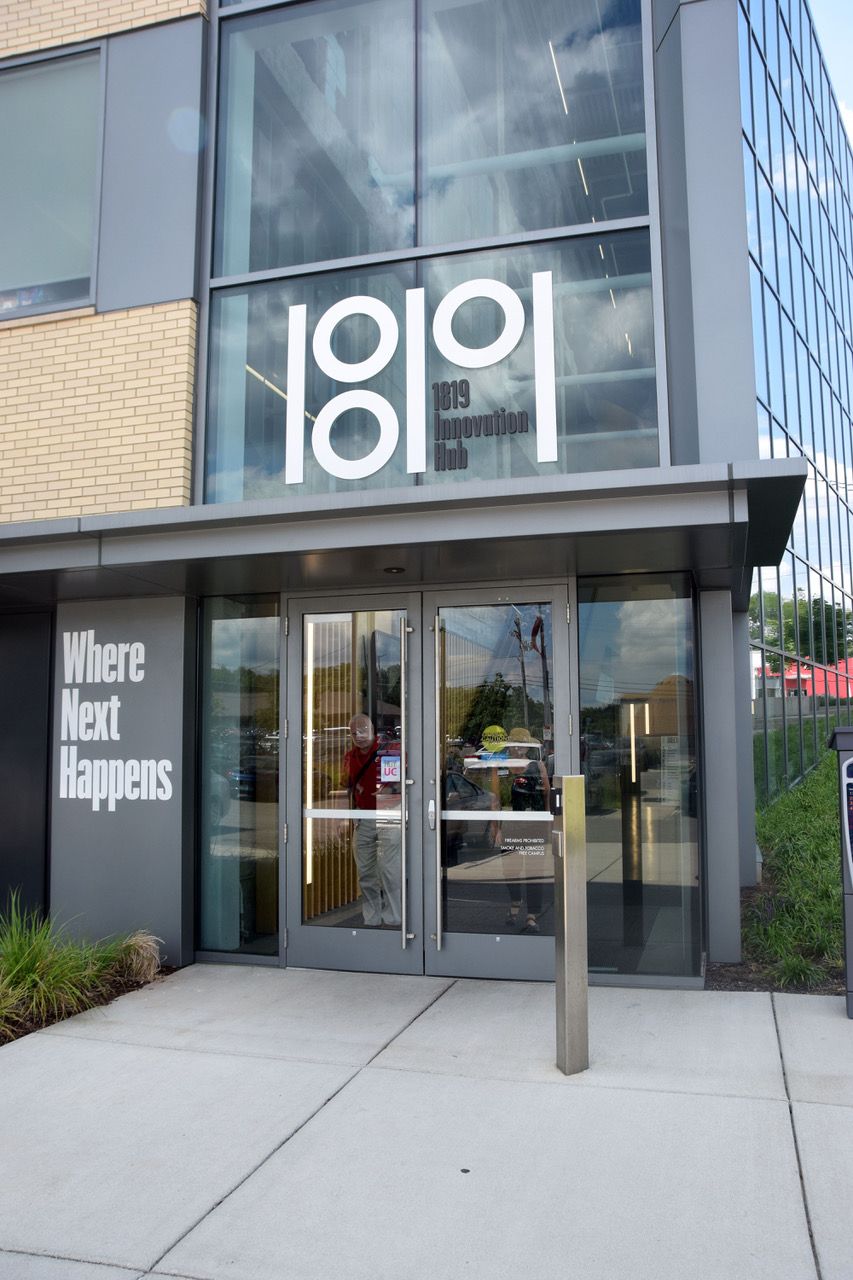
UC's School of Information Technology and the Experience-based Learning and Career Education Center played a role as well. After completing the program, graduates will be eligible for scholarships to the School of Information Technology to pursue careers in subjects, like cloud computing or cybersecurity.
Lewis said he'd like to get a co-op so he can start working while also pursuing a degree.
Lawrence Johnson is dean of the College of Education, Criminal Justice, and Human Services; the college that houses the School of Information Technology.
Johnson said the program focuses on adult learners who may have otherwise been overlooked for this type of opportunity.
"This is an important program that strengthens our connection and commitment to having an impact on the Cincinnati community," he said. "It is an example of UC’s Urban Impact initiative by creating opportunities for non-traditional students who now have a better chance to get on a path to a college degree."
The Microsoft Corporation contributed loaner laptops and financial stipends to students, as well as UC and the Ohio Department of Higher Education.
The Cincinnati-Hamilton County Community Action Agency, a nonprofit that provides a range of social services to residents of the region, offered bus vouchers and some supplemental funding to help get CTAP off the ground.
"The IT training provided by CAA's Tech Works program is preparing participants to pursue a career in technology and in some cases, may become a springboard to pursuing higher education at the University of Cincinnati,” said Erik Thomas, with CAA.
Next round of CTAP
The University of Cincinnati received an “overwhelming response” when they announced the program, Staderman said.
Within 48 hours of launching the orientation registration page, UC received 105 applications. Lewis was one of those individuals.
As a result of the demand, UC created a waiting list for future applicants. But they want to hear from interested individuals who would like to receive more information.
Prospective students can sign up for updates on the UC website.






